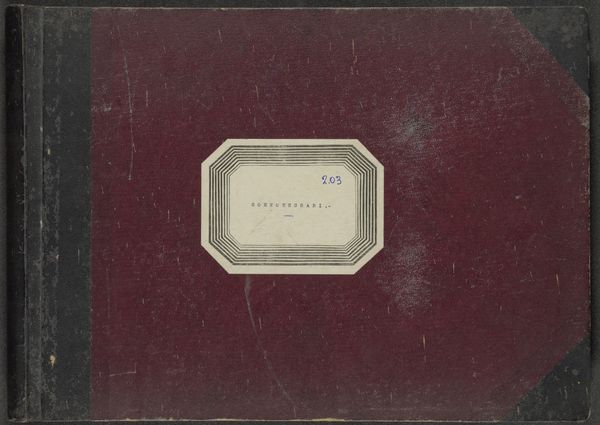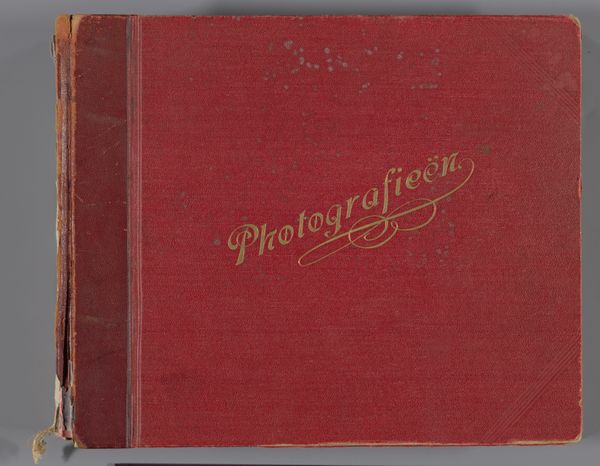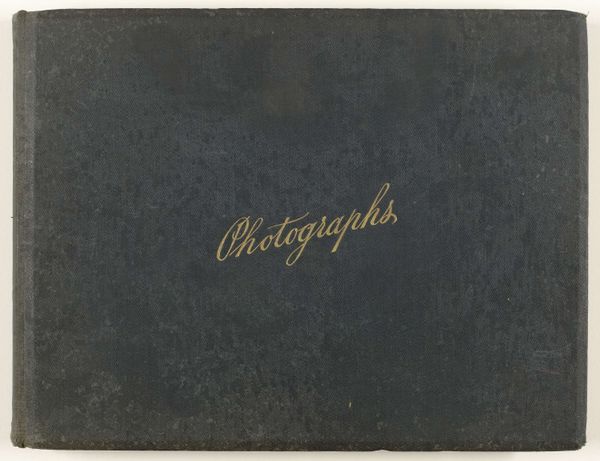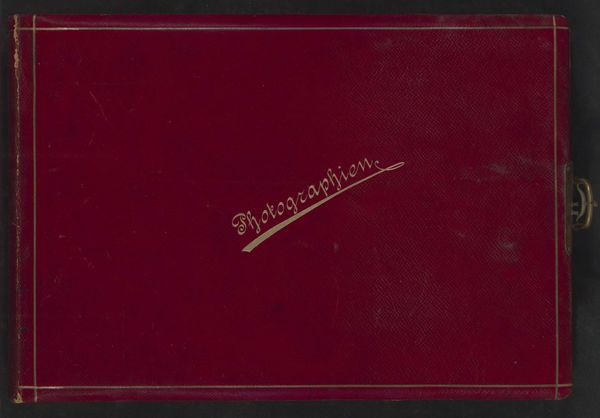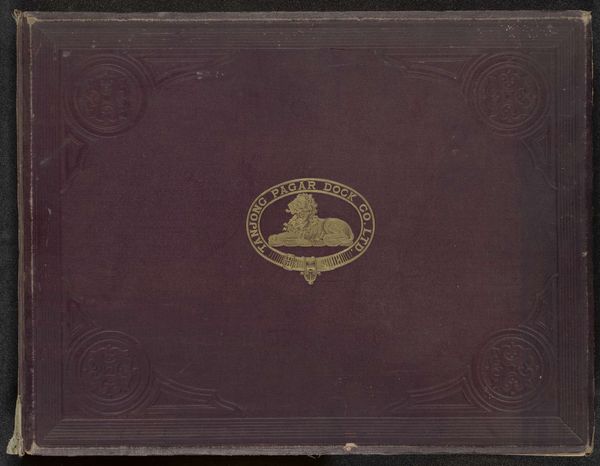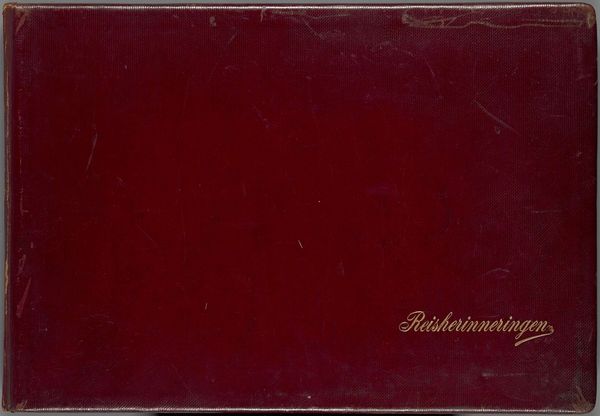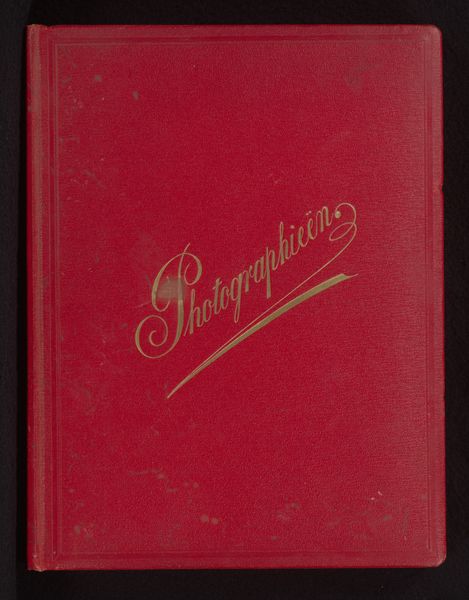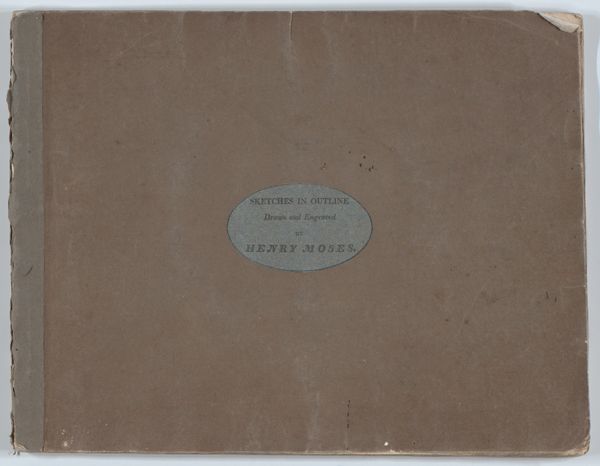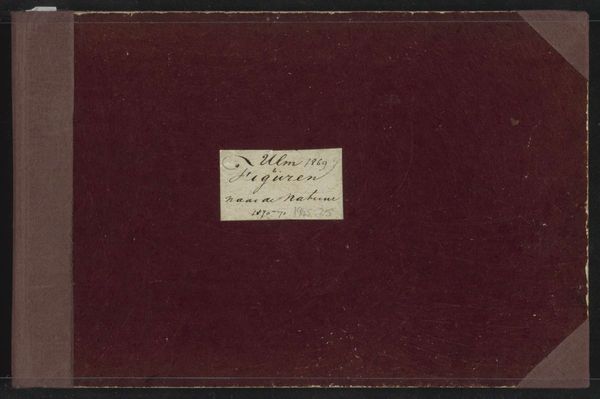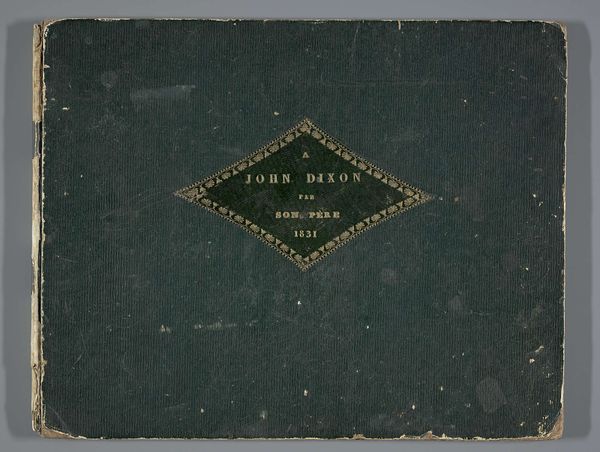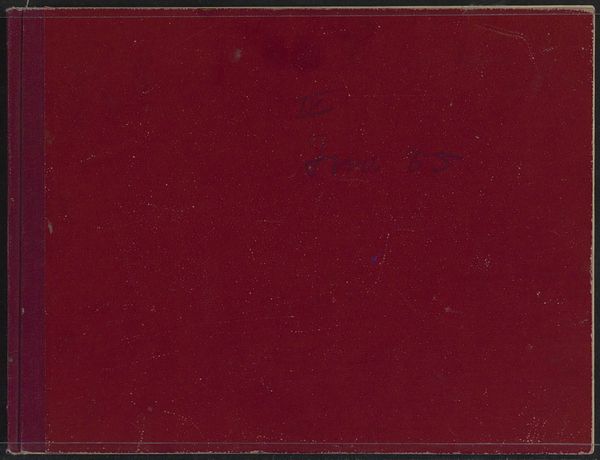
Album Photographieën the Netherlands / Dutch East Indies (now Indonesia) c. 1898 - 1915
0:00
0:00
photography, albumen-print
#
portrait
#
photography
#
albumen-print
Dimensions: height 252 mm, width 345 mm, thickness 38 mm
Copyright: Rijks Museum: Open Domain
Curator: Here we have a photograph album, “Album Photographieën the Netherlands / Dutch East Indies (now Indonesia)”, created by Frits Freerks Fontein Fz. sometime between 1898 and 1915, containing albumen prints. Editor: My first impression is of its subdued, elegant materiality; the reddish-brown leather cover and dark spine convey a sense of preserved history. It's clearly aged but stately. Curator: Indeed. The "Dutch East Indies" part is crucial. We must contextualize the album within the fraught colonial history. Who is being photographed, and for what purpose? What power dynamics are at play in the very act of capturing these images? We have to look beyond the visual and consider its sociopolitical impact. Editor: Of course, but let's also acknowledge the compositional structure. The gold lettering on the cover creates an immediate focal point, offset by the darker spine, and contrasting yet complementing that gorgeous crimson field. Semiotically, it promises an intimate archive. Curator: Intimate for whom? Archives of the colonized often served the colonizer's interests. How did these images uphold and normalize racial hierarchies? What role did this imagery play in maintaining Dutch imperial power? Editor: Those questions are critical, and the answers might well lie within the photographs themselves through their composition. Consider also, though, how the physical object itself reflects cultural values regarding image presentation and archival memory. The ornate binding communicates status and careful curation. Curator: True. I'd argue it projects a false sense of objectivity, obscuring the inherent bias in the colonial gaze, particularly where racial depictions were concerned. It would be easy to miss if one were only focused on surface aesthetic considerations. Editor: Fair enough, and together our perspectives enable us to fully grasp this layered work—at once, it is both a carefully constructed material object, and fraught historical record. Curator: I think by viewing the artwork through multiple lenses, and acknowledging historical contexts, we can facilitate greater comprehension. Editor: Absolutely; our exchange encourages a fuller investigation into the complexities and context the work entails.
Comments
rijksmuseum almost 2 years ago
⋮
There are a substantial number of albums in the Netherlands of entrepreneurs, administrators, military men, and engineers who were stationed for some time in the Dutch East Indies. Fontein was a chemical engineer at the Bataafsche Petroleum Maatschappij (Batavian Oil Company) and sailed from Harlingen to Pekalongan. With over 160 photographs, this album bears witness to both his time in the Netherlands and years in the tropics.
Join the conversation
Join millions of artists and users on Artera today and experience the ultimate creative platform.
